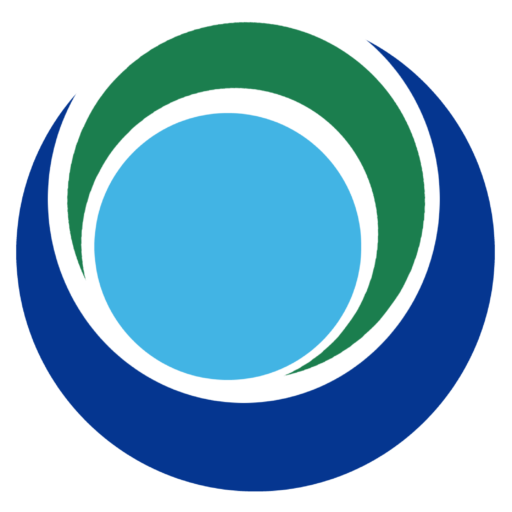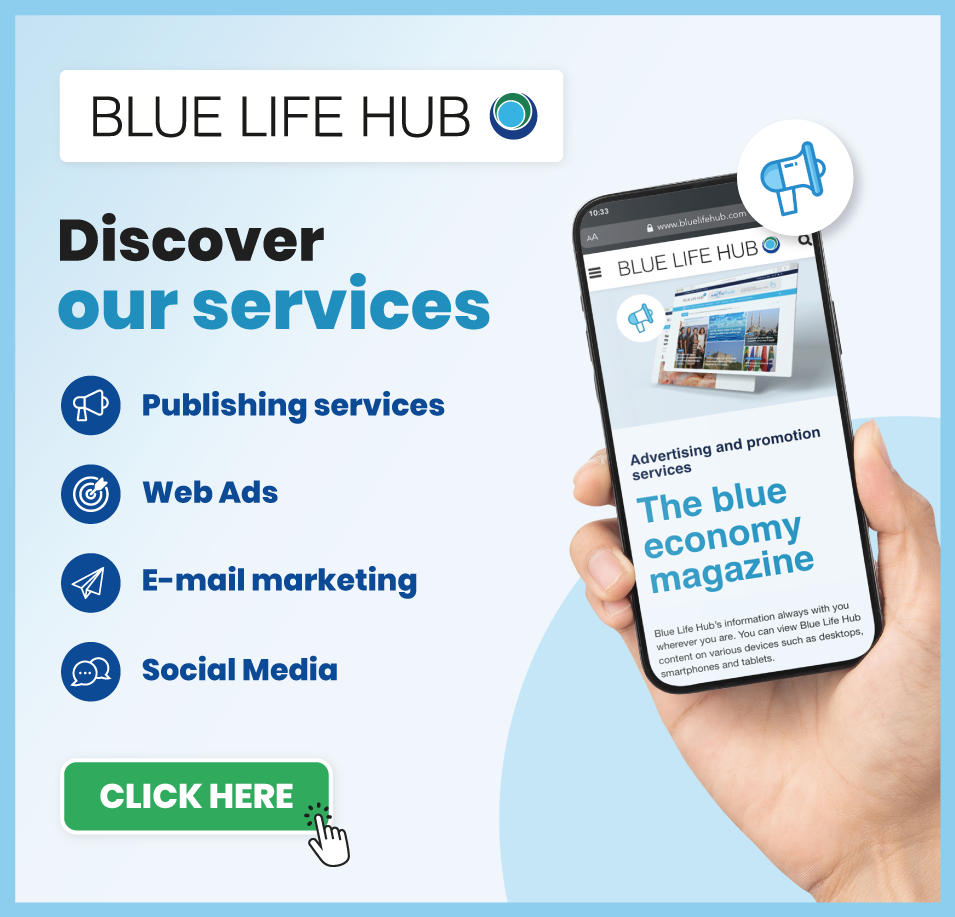At the heart of the blue bioeconomy: ten years of EU funds for the algae sector – EU funding for the algae sector supported 219 projects between 2014 and 2023, with a total investment of EUR 559.1 million. This is what emerges from the European Commission’s analysis, which offers a detailed overview of ten years of projects in the blue economy. A strategic document for buyers, companies, associations and stakeholders in the fishing and aquaculture sector, who are increasingly confronted with the industrial and environmental potential of algae.
A sector in ferment between research, innovation and the market
47% of the projects concerned microalgae, while the share of initiatives dedicated to macroalgae rose to 32%, reflecting the Commission’s growing interest in these species. Most activities took place in Spain, France, Italy and Germany, focusing on sustainable production, applied research, sea trials, biotechnology and industrial exploitation.
Among the most significant results: the creation of 72 jobs, the development of 9 new products, the processing of 90 tonnes of algae and the cultivation of more than 25 km of algal lines. Emblematic projects such as KELP-EU and ALGAEDEMO have reached very advanced levels of technological maturity (TRL 9), ready for the market.
Structural barriers and policy recommendations
The sector’s growth still faces technical, regulatory and financial barriers. Access to capital, high production costs, limited consumer acceptance and the lack of harmonised regulations remain major obstacles. The Commission suggests:
- Standardise authorisation processes (licensing) for marine crops;
- Integrate algae into carbon credit mechanisms;
- Strengthen fundamental research on physiology, metabolism and environmental impacts;
- Promote investments in biotechnology, biorefineries and advanced production systems;
- Encourage interaction between companies, universities, public bodies and stakeholders.
The role of platforms such as BlueInvest and EU4Algae has been instrumental in connecting companies and financiers, promoting success stories with over EUR 30 million raised by algal start-ups and SMEs.
An opportunity for European seafood
The seafood sector can directly benefit from these trajectories: food, feed, nutraceuticals and cosmetics are already involved. However, it is in industrial symbiosis that the most interesting opportunities emerge: aquaculture effluents for algal growth, uses in offshore systems, valorisation of by-products and integration into circular value chains. The selection of highly productive strains, the automation of cultivation and the standardisation of processes are decisive levers to scale the market.
Towards a European algae ecosystem
The report highlights the need to continue funding R&D actions and support the transition of the sector from experimental to pre-commercial stages. The goal is to build an integrated, competitive and sustainable European algae industry ecosystem.
At the heart of the blue bioeconomy: ten years of EU funds for the algae sector









